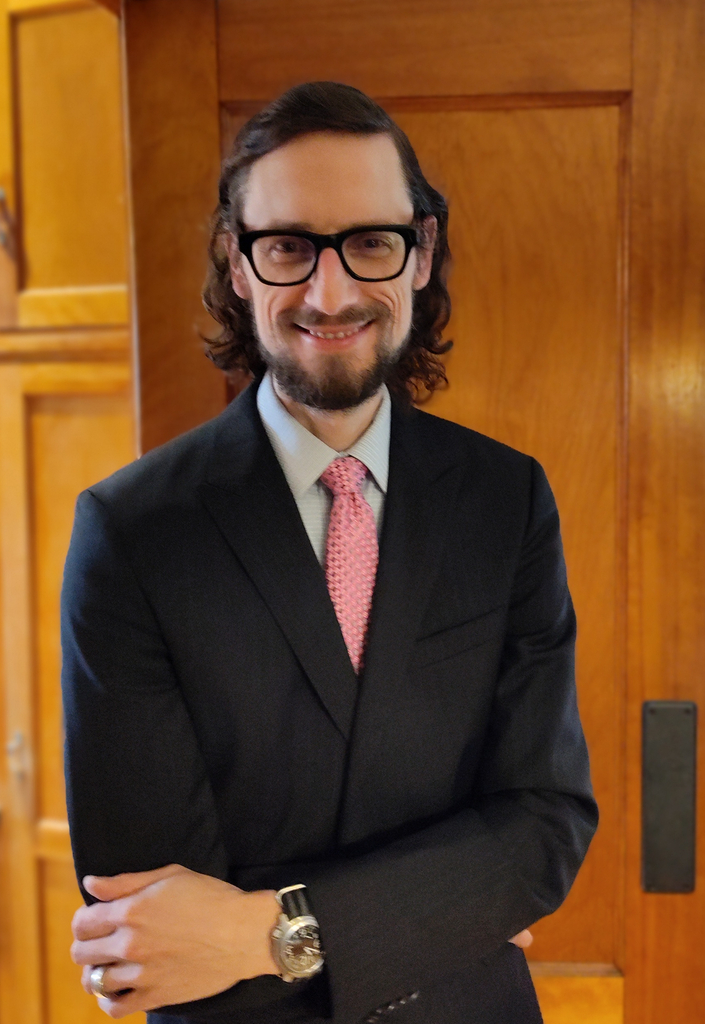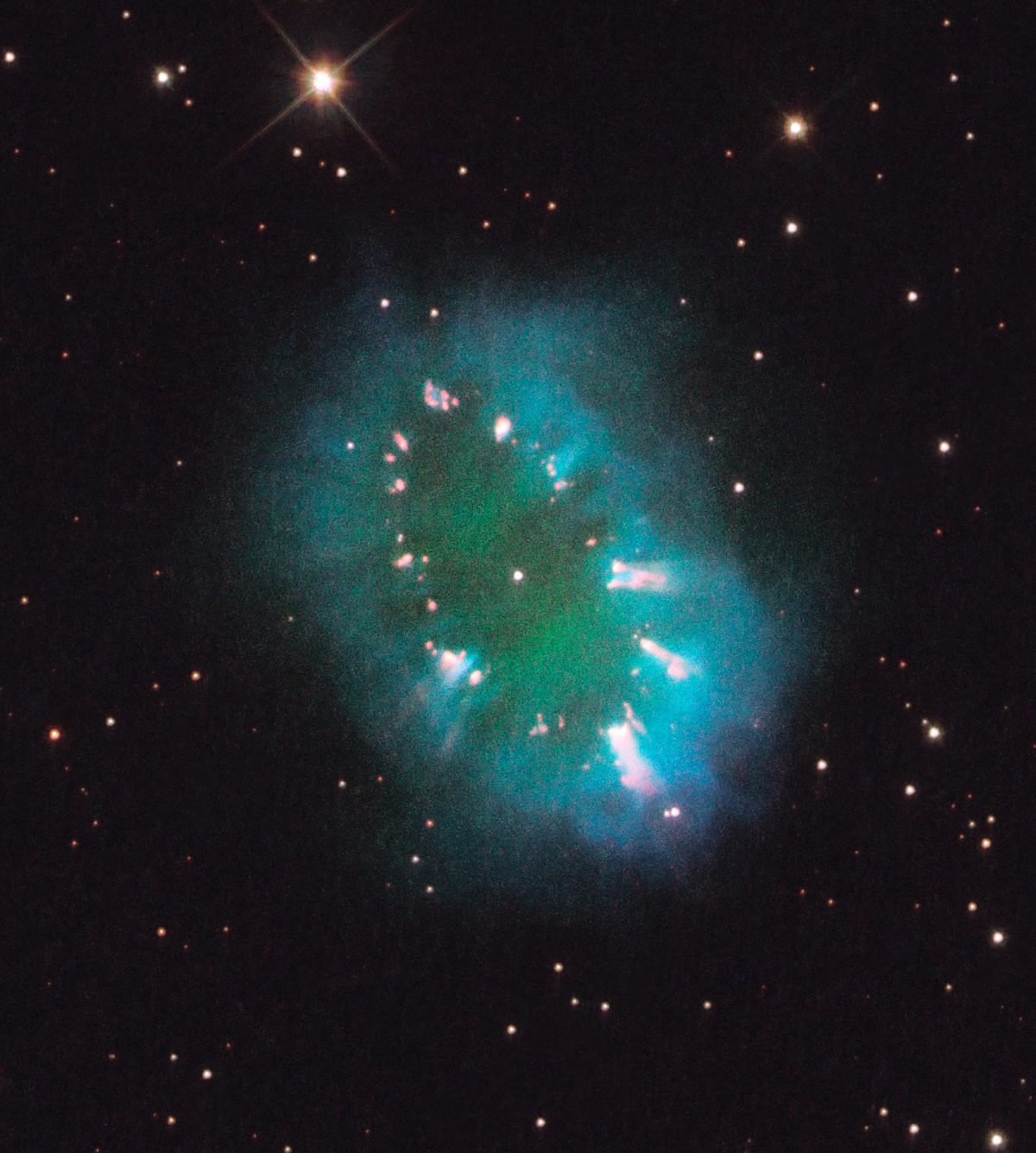Patent marking involves indicating the patent number on a patented article, or in some limited instances on its packaging or a label. Marking can allow a patentee to recover pre-notice back damages. However, courts have said that marking is not required when a patent has only method claims. But this becomes a somewhat complicated question when a patent includes both method (or process) claims and apparatus (or system) claims. The Federal Circuit has created an unusual exception to the marking requirement based on which claims the patentee does and does not assert or which claims are or are not infringed. This article explores whether this Federal Circuit’s treatment makes sense or if it should be replaced by a different approach.
Federal Circuit Precedent
Patent marking requirements are established by statute. 35 U.S.C. § 287(a). They were first introduced in 1842 along with prohibitions on false marking, and the penalty was changed from a fine to a limitation on back damages in 1861. Such a limit on back damages for failure to mark has remained in place ever since. However, the Federal Circuit has ruled that if the patent is directed only to method (or process) claims, marking is not required. Bandag, Inc. v. Gerrard Tire Co., 704 F.2d 1578, 1581 (Fed. Cir. 1983); accord ActiveVideo Networks, Inc. v. Verizon Commc’ns, Inc., 694 F.3d 1312, 1334-35 (Fed. Cir. 2012). But what if a patent has both method and apparatus claims?
In the Hanson case, the Federal Circuit considered marking obligations and the availability of back damages in a suit involving an asserted patent (U.S. Pat. No. 2,968,164) with both method and apparatus claims. Hanson v. Alpine Valley Ski Area, Inc., 718 F.2d 1075 (Fed. Cir. 1983). The decision said that while the “Hanson patent also includes apparatus claims. The only claims that were found infringed in this case, however, were claims 1, 2, and 6 of the Hanson patent, which are drawn to ‘[t]he method of forming, distributing and depositing snow upon a surface . . . .'” Id. at 1083. In a holding described as a “narrow one,” the lower court’s award of back damages was found to be not clearly erroneous and affirmed. Id. The court’s opinion was short and there was little explanation for the holding.
Later in Crown Packaging Tech., Inc. v. Rexam Beverage Can Co., the Federal Circuit said that “[i]n Hanson, 718 F.2d at 1082-83, we held that 35 U.S.C. § 287(a) did not apply where the patentee only asserted the method claims of a patent which included both method and apparatus claims. Hanson is factually identical to this case, and we are therefore bound by the rule of Hanson.” 559 F.3d 1308, 1310,1316 (Fed. Cir. 2009). “In this case and Hanson, the patentee only asserted method claims despite the fact that the patent contained both method and apparatus claims.” Id. at 1317.
The astute reader will notice that the Crown Packaging decision talks about “asserted” claims, whereas the Hanson decision had actually referred instead to “[t]he only claims that were found infringed . . . .” These are not always the same — one or more asserted claims might not be found to be infringed. And neither the Federal Circuit’s Hanson decision nor the prior Sixth Circuit decision on infringement (611 F.2d 156 (1979)) explicitly mentioned which claims were or were not asserted. In this respect, Crown Packaging misstates the holding of Hanson.
Asserted Claims and Infringement Contentions
Not discussed in any of these Federal Circuit decisions are the procedures through which particular claims are asserted in U.S. patent litigation. This actually varies somewhat between different trial courts. Yet the various procedural approaches all end up being fairly similar in the end.
Generally, a patentee will specify which particular claims are asserted against the accused infringer only sometime after a lawsuit is commenced. These are commonly referred to as infringement contentions. It is possible for a patentee to identify which particular claims are being asserted in the pleadings, that is, in a complaint or counterclaim. But that is not required and is not commonly done. Most typically, the pleadings will merely allege that one or more claims are infringed, and possibly detail how one example claim is alleged to be infringed, but without specifying exactly which claims are or are not infringed.
Some district courts have local patent rules that specify when infringement contentions must be made to specify which claims are being asserted — and by implication which claims are not being asserted. In other districts, individual judges may specify a deadline for infringement contentions in a case-specific scheduling order. If neither of those things happens, then the accused infringer will generally serve an interrogatory asking for infringement contentions.
Some judges or local rules will limit the number of claims that the patentee can assert. Sometimes this is referred to as selecting representative claims. This practice is not without controversy. But the Federal Circuit has upheld such limitations under certain circumstances. Limits on the number of asserted claims might apply to infringement contentions from the start, or might be imposed later on as a requirement to reduce the number of asserted claims as trial approaches. There is considerable variation and discretion in how trial courts impose these limits, if at all.
The main thing to take away from this discussion of infringement contentions is that the patentee only specifies them after a lawsuit has commenced, and can select less than all claims.
Retroactive Changes to Marking Requirements?
Can a patentee retroactively eliminate the statutory marking requirement by electing to assert only method claims after a lawsuit has commenced? The Crown Packaging decision is phrased in such a way as to permit exactly this to happen. But another Federal Circuit decision expressly rejected the possibility of retroactively undoing marking requirements.
In Rembrandt Wireless Techs., LP v. Samsung Elecs. Co., Ltd., the Federal Circuit held that the patentee filing a statutory disclaimer of a selected claim eight days after commencement of litigation “cannot serve to retroactively dissolve the § 287(a) marking requirement for a patentee to collect pre-notice damages.” 853 F.3d 1370, 1382-84 (Fed. Cir. 2017). That conclusion was explained and justified in terms of the purpose of the statutory marking requirement. “The marking statute protects the public’s ability to exploit an unmarked product’s features without liability for damages until a patentee provides either constructive notice through marking or actual notice.” Id. at 1383. That purpose is undermined if the patentee can selectively eliminate the requirement retroactively.
The Rembrandt decision throws into relief how Crown Packaging and Hanson permit the marking requirement to be retroactively eliminated. This is more pronounced in the Crown Packaging decision, which emphasized which claims were “asserted”. The patentee makes decisions about infringement contentions for specific asserted claims after a lawsuit begins and, of course, after the marking requirement arises if patented articles were previously distributed. Although Rembrandt dealt with a statutory disclaimer, its reasoning still stands at odds with the holdings of Hanson and Crown Packaging.
The Hanson case offered essentially no rationale for its holding. That is, while Rembrandt explained how a retroactive elimination of the marking requirement was contrary to the well-established purpose of the marking requirement, Hanson did not meaningfully explain the purpose served by its contrary conclusion. Hanson‘s “narrow” holding is little more than a bare conclusion resting on a new judicially-created exception to statutory requirements. And Crown Packaging expanded upon that holding, relying mainly on a characterization of Hanson as binding precedent rather than attempting to supply a rationale absent from Hanson.
A Better Approach
In this author’s view, Rembrandt appropriately explains and relies upon the purpose of the statutory marking requirement. The largely unexplained contrary conclusions of Hanson and Crown Packaging undermine the purpose of the marking requirement to the detriment of the public and enable gamesmanship by patentees. The en banc Federal Circuit or Supreme Court should overturn Hanson and Crown Packaging. But what should be put in their place?
The marking requirement has long been understood as protecting the public. If the patentee fails to mark patented articles, the public can rely on a lack of marking to avoid liability. Indeed, the policy underlying the U.S. Constitution and federal statutes allows “free access to copy whatever the federal patent and copyright laws leave in the public domain.” Compco Corp. v. Day-Brite Lighting, Inc., 376 U.S. 234, 237 (1964). The patent statues impose a penalty on a patentee who fails to mark patented articles, by limiting back damages. These basic, long-established principles should determine how marking requirements are interpreted for patents with both method and apparatus claims.
A better approach would be to determine if the patentee, or anyone acting for or under the patentee, has distributed articles that meet at least one apparatus claim of the asserted patent. If so, the marking requirement should apply to that patent as a whole. Under this proposed approach, the patent marking requirement arises even if only method claims (but not apparatus claims) were found to be infringed and even if the patentee elected to assert only method claims (but not apparatus claims). In essence, this approach looks only at whether there was a failure to mark patented articles and ignores method claims. Any failure to mark bars pre-notice damages.
Such an approach is consistent with the marking requirement being a burden on the patentee to inform the general public. Numerous past cases have emphasized how the marking requirement is the patentee’s burden and that circumstances regarding the infringer are irrelevant. Devices for Medicine, Inc. v. Boehl, 822 F.2d 1062, 1066 (Fed. Cir. 1987); Amsted Indus. Inc. v. Buckeye Steel Castings Co., 24 F.3d 178, 187 (Fed. Cir. 1994); Nike, Inc. v. Wal-Mart Stores, Inc., 138 F.3d 1437, 1446 (Fed. Cir. 1998). The public is still harmed by a lack of marking where the patentee later chooses to selectively assert only method claims or establishes only that method claims were infringed by one particular infringer. Under the proposed approach, the patentee is subject to the statutory penalty for the harm caused to the public. The statutory policy would therefore be better promoted.
Moreover, this proposed alternate standard aligns with the language of the statute. Section 287(a) says “in the event of failure so to mark, no damages shall be recovered by the patentee in any action for infringement, except on proof that the infringer was notified of the infringement and continued to infringe thereafter . . . .” The statute refers to “any action for infringement”, without qualification. And it excuses a failure to mark only when the patentee provides actual notice to the infringer. The statute as a whole is exacting in its requirements and it explicitly provides only one exception. The proposed alternative approach thus aligns with the wording of the statue and avoids adding a further judicially-created exception.
This proposed approach also avoids the retroactivity problem and promotes predictability. Patent marking requirements are determined by actions of the patentee (and those operating for or under the patentee). The conduct of others, including which claims were or were not infringed (per Hanson) or the patentee’s actions after the start of litigation (per Crown Packaging) would no longer alter the consequences for the patentee’s failure to mark. The patentee’s prior conduct would determine whether or not back damages are available in any and all later actions.
January 2025

Austen Zuege is an attorney at law and registered U.S. patent attorney in Minneapolis whose practice encompasses patents, trademarks, copyrights, domain name cybersquatting, IP agreements and licensing, freedom-to-operate studies, client counseling, and IP litigation. If you have patent, trademark, or other IP issues, he can help.




